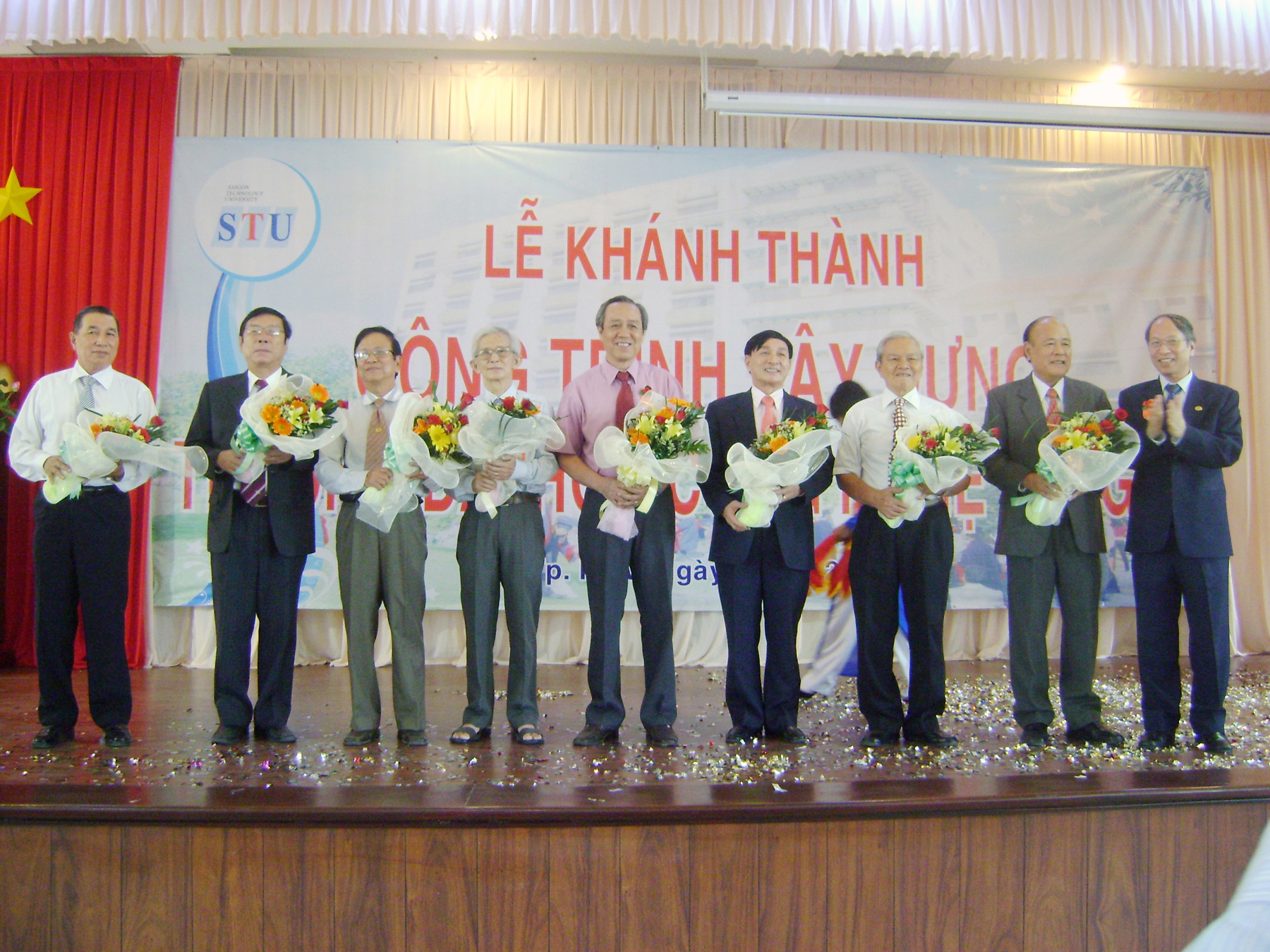News and Events
PrintIT training opens doors for young people with disabilities
Update 20/11/2012 - 08:07:20 AM (GMT+7)HA NOI – Nearly 500 children with disabilities will be given an educational boost thanks to a pioneering scheme aiming to improve access to information technology.
The two-year project, titled "Enhancing access and quality of inclusive education of children with disabilities through information communication technology," will provide youngsters aged 6-15 with technology designed to meet their specific learning requirements.
Planned to run until the end of 2014, the scheme will be conducted in Ha Noi, HCM City, the northern province of Thai Nguyen and the central province of Quang Binh.
Conducted by the Ministry of Education and Training, the project received financial backing to the tune of nearly US$500,000 from the United States Agency for International Development (USAID) and the Catholic Relief Services (CRS).
The project's main activities focus on applying IT to help disabled children with their studies, including software with screen readers for the visually impaired, setting up video lectures for the deaf and setting up remote learning models for children who cannot go to school.
The 2009 housing and population census showed that only 66.5 per cent of disabled children aged 6-10 go to school. Nearly 30 per cent of disabled adults are illiterate whereas the corresponding rate in non-disabled adults is less than 0.5 per cent.
Hoang Moc Kien, an IT expert for the Blind Association of Viet Nam, blamed limited access to IT for the high rates of illiteracy.
"Technology will help disabled people overcome inferiority complexes and gain greater communication skills that help them integrate in the community," he said.
Kien added that disabled people should take part in the software designing process to ensure the finished product meets users' demand.
Meanwhile, Sanda Rihtman, CRS Viet Nam Representative, said CRS's experiences from conducting IT training projects for disabled people showed that IT was an effective tools for helping people with disabilities access qualitative integrated education.
Related News
- Vietnamese student grabs bronze at Microsoft Office Specialist World Championship (05/08/2019)
- Vietnam wins big at WICO 2019 (30/07/2019)
- Vietnamese woman seeks second college degree at age 63 (26/07/2019)
- Vietnamese students win more golds at ASEAN Schools Games (23/07/2019)
- Vietnam acquires Australia’s experience in university governance (29/05/2019)
- High-school graduates turn away from higher education (28/05/2019)
- Vietnamese students win Asian Physics Olympiad medals (16/05/2019)
- PM approves project applying IT in law dissemination and education (06/05/2019)
- Universities, firms join hands in training high-quality agriculture workforce (23/04/2019)
- Vietnamese university named in top 101-200 of Impact Ranking (05/04/2019)














